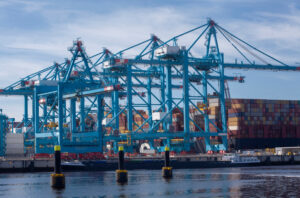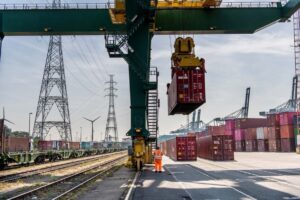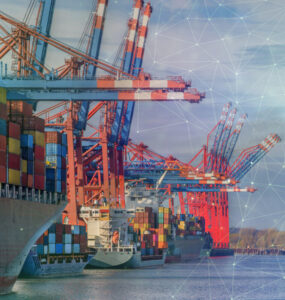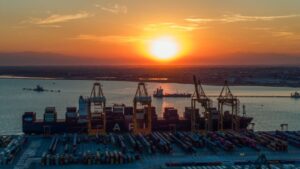DNV GL’s recently released “Technology Outlooks 2030” takes a deep dive into some of the hottest tech topics of our time including carbon capture, blockchain and hyperloop.
“The maritime industry is no exception here. Our sector is already feeling the impact of what technology can do to make operations more efficient, gain greater insights into fleet performance and automate processes that were previously manual,” said DNV GL’s Maritime CEO Knut Ørbeck-Nilssen, in a statement on 3 December.
Taking into consideration the growth in seaborne trade, set to grow by 26% from 2019 to 2030, DNV GL recognizes that this steady growth will coincide with significant steps towards decarbonization and investment in digitalization.
The company’s evaluation looked at decarbonization, additive manufacturing, digitized shipping and safety.
Taking a close look at two of these topics, additive manufacturing and decarbonization, it is clear to see that while there is progress there are also significant challenges and important considerations to be made.
Additive manufacturing, also known as 3D printing, is highlighted as a disruptive technology which ultimately could reduce demand for shipping as production is moved closer to consumers.
DNV GL notes that a PWC study estimates 85% of spare part suppliers will have incorporated 3D printing. Other estimates suggest that 3% of global manufacturing could be carried out by 3D printing.
Technical Paper: 3D Printing Disruptive Technology and Logistics
On spare parts DNV GL says that towards 2030 it expects that non-safety critical spare parts will be additively manufactured in larger volumes and that 3D-printing centres will become standard.
DNV GL notes that this new technology does not come without its risks: defective, non-original spare parts may increase risk of downtime and impact warranties, while freelance copying of product designs may discourage original suppliers from investing in new product development.
On shipping a recent study conducted by the University of Singapore estimates that additive manufacturing could result in 10% reduction in shipping volumes by 2040, with a range of impact between 5% and 20% by 2045.
On decarbonization and the looming International Maritime Organization (IMO) goals for 2050 on low-carbon fuels, DNV GL said that with the ambitious targets set out by the IMO the industry is struggling to identify the right combination of measures to deliver the required emission reduction.
DNV GL suggest a twin-track approach which minimizes the energy needed by ships and reducing carbon emissions linked to the energy use.
Uptake of the technologies that can assist in this effort have been ‘hampered by high costs and long paybacks, as well as a lack of standards for verifying the effects of such measure’.
DNV GL’s projections in its Maritime Forecast to 2050 show ‘that even if all cost-effective operational measures and technologies are deployed for all ships, there is still a significant gap to close to reach the IMO emission targets. This gap must be closed by using energy carriers with a low or zero emission footprint’.









